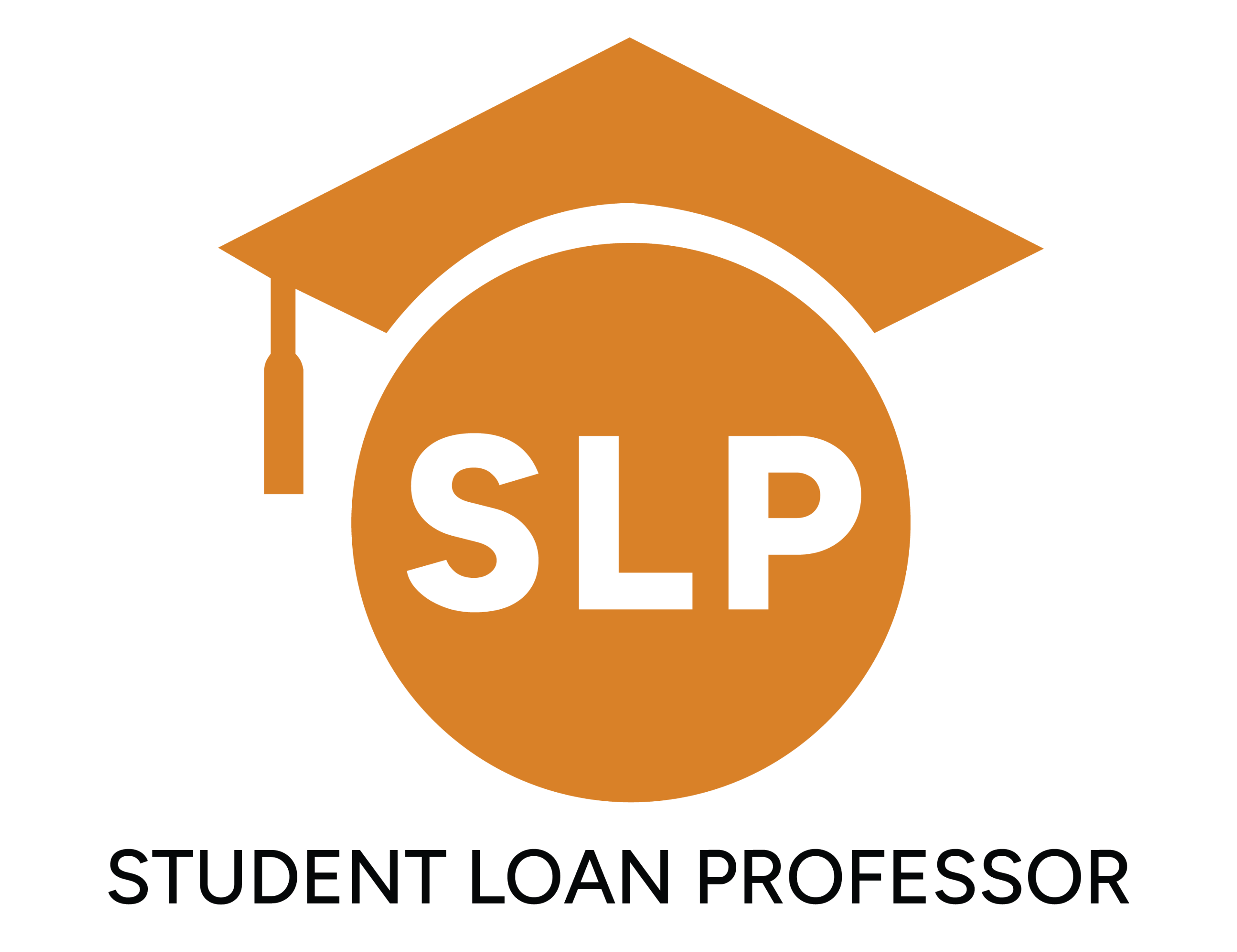If you enrolled in SAVE, you may have wondered when you’ll hear back from the Education Department about your federal student loan. Unfortunately, you might not receive any updates soon because of the ongoing litigation concerning SAVE.
The Supreme Court recently upheld a decision to restrain the Department of Education from implementing any part of the program. That means no forgiveness for many borrowers until the issues in contention get ironed out in court.
This article discusses what that means for borrowers like you. It also explores what the future might hold for a program that, if implemented, could eliminate the outstanding debts of millions of Americans.
Key Takeaways
- The SAVE program is paused due to ongoing litigation and Supreme Court rulings.
- Eight million borrowers enrolled in SAVE face suspended payments and loan forbearance
- Legal proceedings could extend into 2025, with SAVE’s future depending on court decisions.
- Upcoming 2024 elections may determine whether SAVE is revived or permanently halted.
Background to the Supreme Court Decision
In August 2023, the Biden administration announced plans to roll out its SAVE plan, one of four student debt relief programs. The other three are:
- Income-Based Repayment (IBR)
- Income-Contingent Repayment (ICR)
- Pay As You Earn (PAYE)
Before this announcement, the Supreme Court, in July 2023, had struck down the admin’s ambitious plans for student loan forgiveness.
SAVE (short for Saving on a Valuable Education) is designed to provide debt relief to borrowers who’ve diligently repaid their loans for 10 years. It aimed to provide a faster path to loan forgiveness.
This loan forgiveness program would offer the following benefits to the borrowers enrolled in it depending on how much they’ve borrowed:
- Lower Monthly Payments – It would cap payments for undergraduate loans at 10% of the borrower’s discretionary income. Additionally, certain borrowers will benefit from lower monthly bills and no accruing interest.
- Loan Cancellation – Borrowers with loan balances of $12,000 or less would see their remaining debt cleared (provided they’ve been making payments for 10 years).
- Automatic Debt Relief – The program wouldn’t require borrowers to apply or enroll. It would apply automatically to the debt owed by eligible individuals.
The Biden admin and Education Department began rolling out the program in February 2024. There are currently over eight million people enrolled.
However, in June 2024, several Republican-led states filed lawsuits challenging President Biden’s authority to forgive the outstanding debt on federal student loans through the program. Their actions resulted in two courts, the 10th Circuit Court in Kansas and the 8th Circuit Court in Missouri, issuing injunctions.
The Kansas court’s injunction restrained the Department of Education (DoE) from implementing parts of SAVE that would reduce monthly payments. Meanwhile, Missouri District Judge John Ross restrained the DoE from forgiving the loan balances.
While the Kansas court would eventually lift the injunction, Missouri kept it, leading to the admin appealing the decision. The Appeals court in St. Louis went further by injuncting the implementation of the entire program until the cases at the lower courts concluded.
This decision led to the Biden admin filing an emergency filing to the Supreme Court, which upheld the appeals court’s decision.
Student Loan Forgiveness Updates Timeline
This timeline highlights the key events and policy changes in the U.S. student loan deferral and repayment debate over recent years.
From the initial pause during the COVID-19 pandemic to legal challenges and resumed payments, it provides a quick overview of significant milestones impacting student loan borrowers.
March 2020: COVID-19 Federal Loan Pause
The CARES Act introduced an emergency pause on federal student loan payments, 0% interest rate, and halted collections on defaulted loans due to the pandemic.
December 2020 – Multiple Extensions
The Trump administration extended the loan payment pause multiple times as the pandemic continued, with one of the last extensions set to expire in January 2021.
January 2021: Biden Administration Extends Pause
Upon taking office, President Biden extended the student loan pause to September 2021. This set the stage for broader debates on loan forgiveness.
August 2021 – Pause Extended Again
Another extension was announced, with repayment pushed to January 2022 as the administration considered possible loan forgiveness options.
December 2021 – Omicron Variant Sparks Further Extension
The emergence of the Omicron variant led to another extension, this time pushing the repayment deadline to May 2022.
April 2022 – Further Extension Amid Economic Concerns
In response to ongoing economic recovery challenges, the pause was extended to August 2022.
August 2022: Biden Announces Student Loan Forgiveness Plan
President Biden revealed a plan for up to $20,000 in federal student loan forgiveness for qualifying borrowers, alongside extending the pause to December 2022.
June 2023: Supreme Court Strikes Down Loan Forgiveness Plan
The Supreme Court ruled that Biden’s student loan forgiveness plan exceeded executive authority, halting the initiative. This reignited debate on alternative relief options.
October 2023: Loan Payments Resume
Despite efforts to extend the pause, federal student loan repayments officially resumed for the first time since March 2020, with a new income-driven repayment plan introduced as a relief option.
Current Status of the SAVE Program
Since the Supreme Court upheld the appeals court ruling, the injunction remains. The Biden administration can’t implement any part of the SAVE plan. For now, it’s frozen until the litigation at the lower courts plays out.
What It Means for Those Enrolled
If you’re among the eight million enrolled in the SAVE plan who haven’t had their loans forgiven, your loans will remain suspended and in forbearance. You won’t have to make monthly payments or grapple with accruing interest payments during the forbearance period.
Notably, the time you spend in forbearance won’t count towards your future chances for Public Service Loan Forgiveness (PSLF) or Income-Driven Repayment plan forgiveness.
That said, you have two options if you want to make your payments count toward forgiveness: you can buy back credit or enroll in a different PSLF-eligible repayment plan. Read the FAQ section of this DoE article for more details.
If you’ve had your student loan forgiven, you’re in the clear. The injunction doesn’t affect borrowers like you.
How Long Will the Forbearance Last?
According to the DoE, you’ll remain in forbearance until one of the following happens:
- The legal situation changes; or
- Loan servicers can send you a bill at the appropriate monthly payment amount.
You can continue to make payments until either event happens. They’ll be applied to any future bills once your forbearance ends.
I Don’t Want to Be in Forbearance – What Are My Options?
If you prefer not to be in forbearance, you can reach out to your loan servicer. Changing your repayment plan will be necessary, and consulting an expert is advisable. This is especially true if you plan on refinancing a private loan.
The Biden Admin’s Next Steps and the Program’s Future
According to Education Secretary Miguel Cardona, the Biden admin plans to continue disputing the decisions. These proceedings are expected to extend into 2025, with a Supreme Court decision likely forthcoming.
Note that the upcoming elections in November 2024 could decide the SAVE plan’s fate. If Kamala Harris, the Democratic nominee, wins, the Education Department will keep fighting to get the SAVE plan going again. Alternatively, her administration may create a new repayment plan, as Biden’s did when the plan before SAVE got struck down.
In contrast, a Republican win could spell the end of the program.
Get Expert Advice on Student Loan Debt Repayment Options
The Supreme Court’s decision not to reinstate the SAVE plan will force millions into forbearance and affect their chances of getting student loan forgiveness. That said, understanding how lawsuits like these can affect your student loan debts can alleviate your concerns.
Schedule a consultation with one of our experts for advice on repayment options when external factors threaten your path to a debt-free future.
Brandon Barfield is the President and Co-Founder of Student Loan Professor, and is nationally known as student loan expert for graduate health professions. Since 2011, Brandon has given hundreds of loan repayment presentations for schools, hospitals, and medical conferences across the country. With his diverse background in financial aid, financial planning and student loan advisory, Brandon has a broad understanding of the intricacies surrounding student loans, loan repayment strategies, and how they should be considered when graduates make other financial decisions.



![Our Honest Thoughts On Aidvantage Student Loans [For 2025]](https://www.studentloanprofessor.com/wp-content/uploads/2024/10/SLP_fallback_2-no-logo-400x250.jpg)

